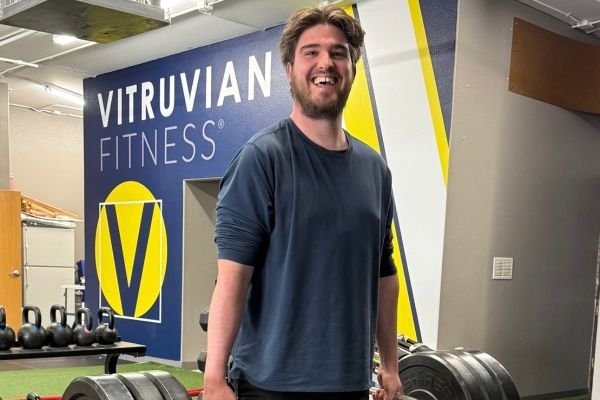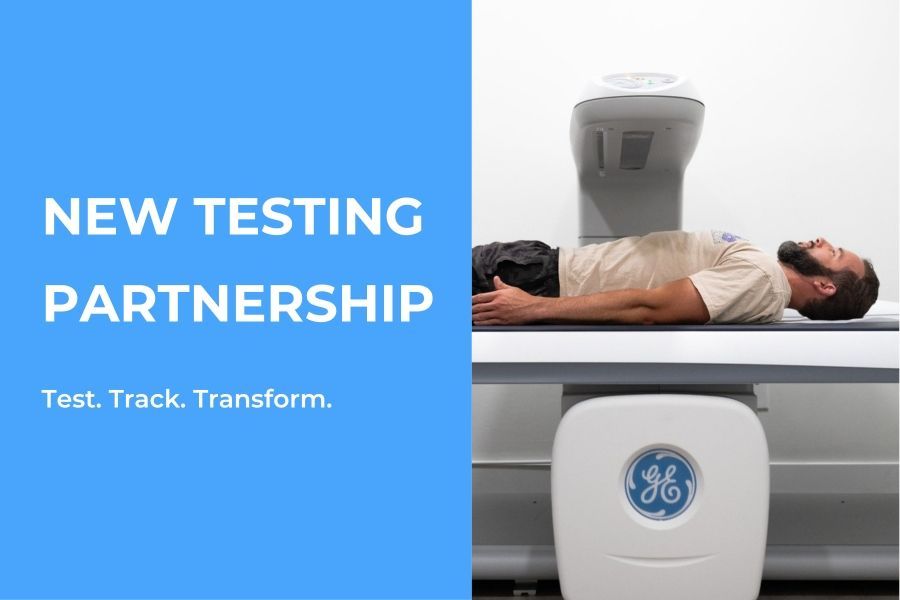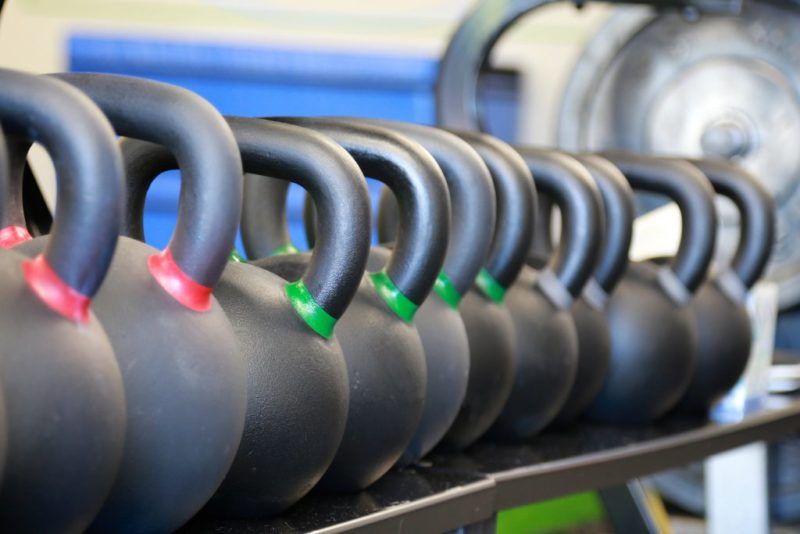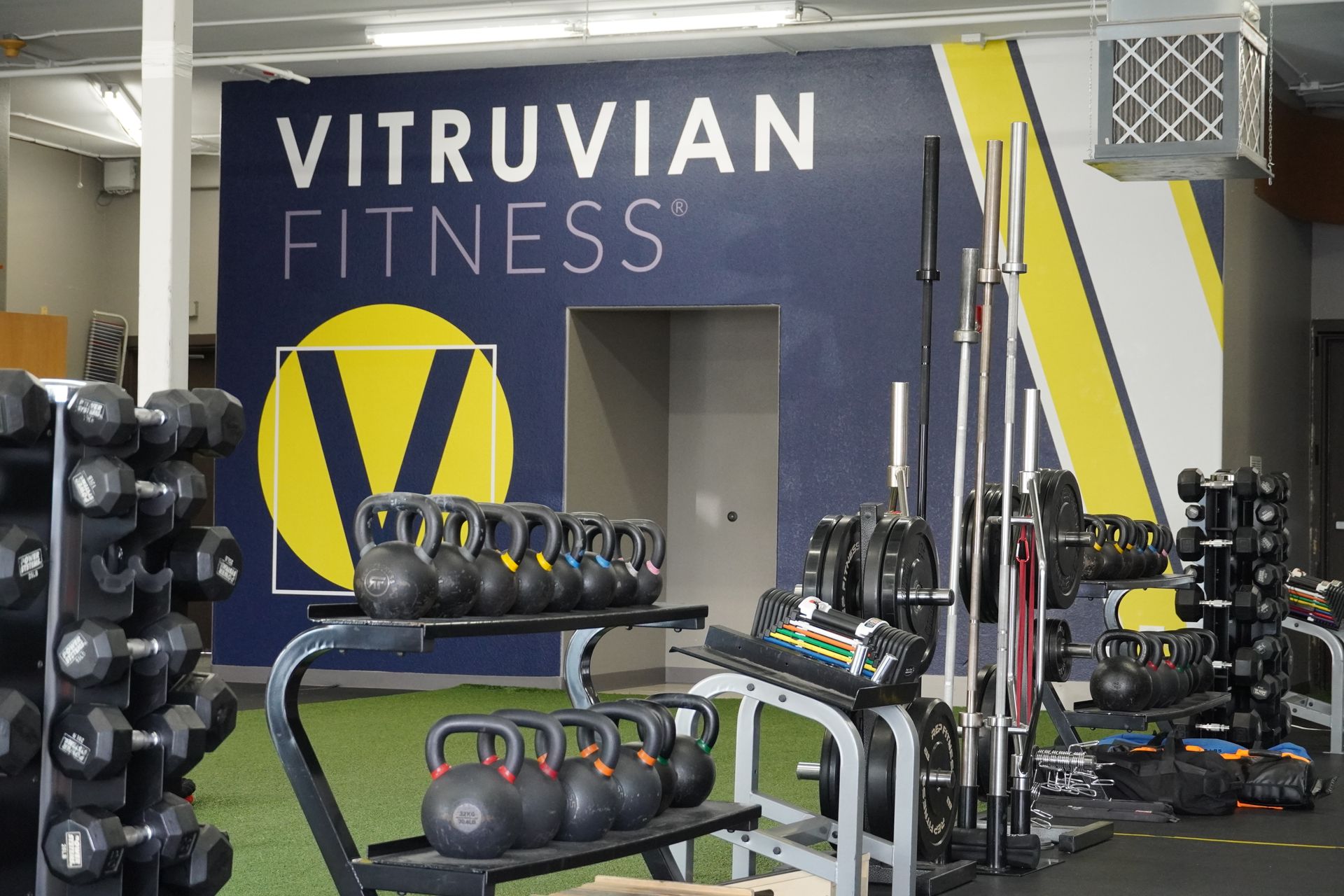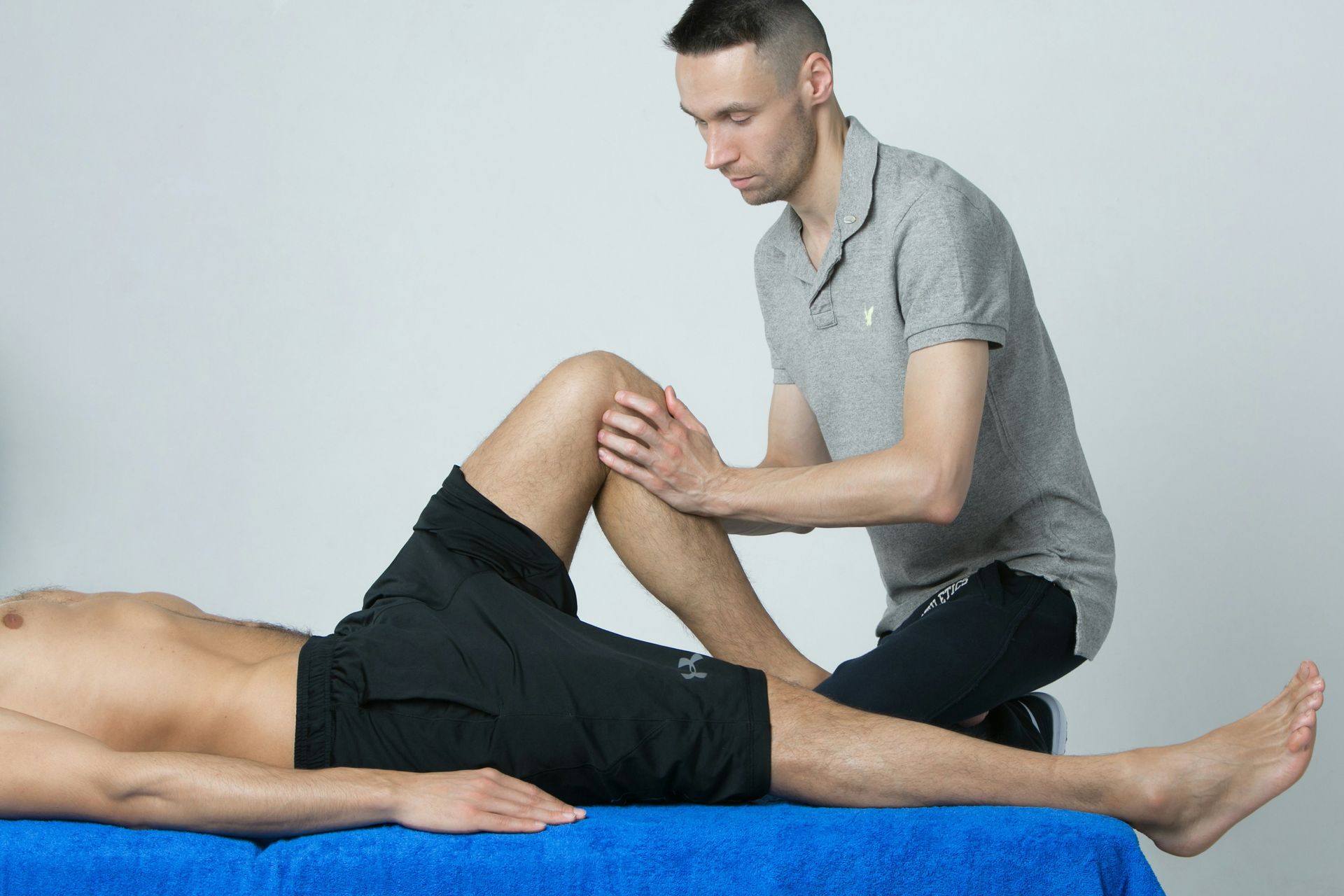Is “Feel The Burn” Actually Good Advice?
What’s the number one phrase you hear from trainers when you’re exercising? Feel the burn. But is that actually something you should aim for? The results are mixed, which is why our trainers at Vitruvian Fitness want you to really consider when someone tells you to feel the burn.
Remember, exercise isn’t punishment
One of the biggest problems with the phrase is its connotation with negativity. Essentially, the phrase is saying, “Enjoy the pain! Suffer through your workout! Keep going even if it hurts!” A healthy fitness regimen should not be framed negatively. Exercise should be enjoyable, not something you feel like you have to do. If you’re telling yourself you need to feel the burn in order to have a successful workout, you’re framing things the wrong way. Your workout mantra should encourage positive thinking, and doing so will translate to a positive outlook outside the gym, as well.
What is the burn, anyway?
There are two types of “burning” you’re feeling when you exercise: muscular overload and localized muscular fatigue. The former happens when you exert more effort than your muscles have the capacity for, like lifting heavy. The latter happens when a muscle group gets tired, which is different than being overloaded. For example, your shoulders will burn from doing heavy overhead presses, but they will also burn if you just hold your arms perpendicular to your body for a long enough time. Which one is actually making you stronger? Lifting the weights, of course.
What to feel for instead
Since it can be difficult to tell if the “burn” you’re feeling is from overload versus fatigue, don’t spend your time worrying about whether or not you’re feeling it. Instead, focus on the quality of effort you’re expending. For example, if a set calls for 8-12 reps, focus on performing at least 8 but no more than 12 high quality repetitions. If you can do more than 12, bump up the weight. The point isn’t to feel the burn as much as it’s to work toward your functional maximum best effort. Maintaining proper form throughout the workout while you try to push your limits may not lead to feeling the burn, but you’ll know you’ve worked hard because you’re spent.
When “feeling the burn” makes sense
Okay, so if feeling the burn isn’t the best advice, is there a time when it is useful? The short answer is yes. It comes in handy for two different things: gauging your effort in a HIIT workout, and strengthening the mind-body connection. When you’re doing a high-intensity interval training workout, the burn is a good indicator of your cardiovascular effort and can help you monitor your fitness level. Also, when you train specific muscle groups, “feeling the burn” and making sure that muscles are activating properly helps increase your awareness as you move through exercises. In these instances, “feeling the burn” is really just another way of developing a connection to your body and knowing whether you’re doing a movement correctly.
Now that you know that “feeling the burn” isn’t exactly the best goal to have in a workout, where do you go from here? Well, at Vitruvian Fitness we aim to help you develop your mind-body connection and reach all of your fitness goals. We do this by using our Functional Movement Screen™ and our personalized training programs. If you want to move beyond stale industry lingo and achieve real results in and out of the gym, contact us today.
Curious to learn more?
We encourage you to do a 30-Day Trial Membership. In 30 days, you will get a private onboarding session that includes the Functional Movement Screen®, then 8 semi-private training sessions doing the program we design based on that first session. And you’ll get to be a part of one of the most inviting, inclusive, and fun communities you’ll find anywhere. At the end of your trial, you get to decide if you liked it and if you want to continue with a regular 6-month membership. All the options and prices are on our Membership page.
Photo courtesy of Ani Vattano Photography
You might also enjoy these posts . . .
